Gems guide
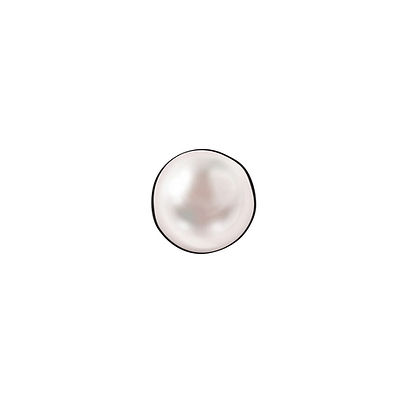
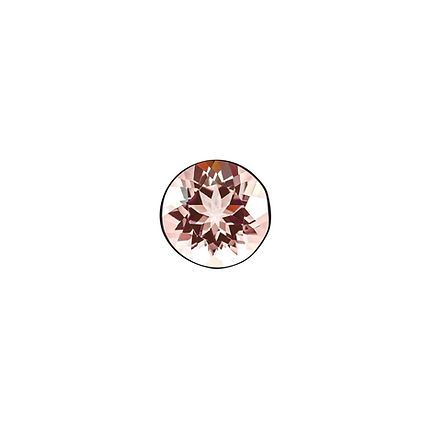
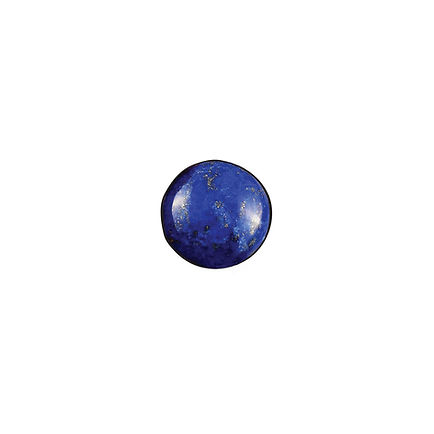
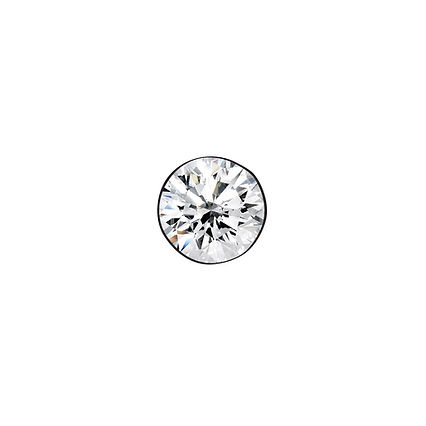
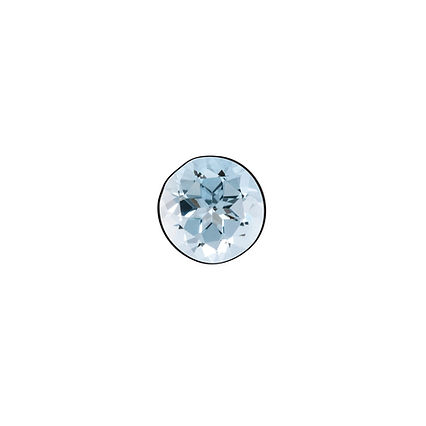
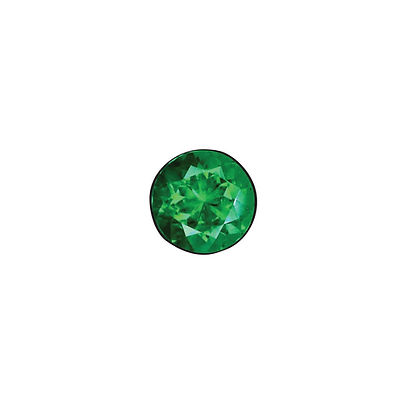
KAYA is a little beyond another jewelry brand.
Our connection to the world of jewelry is not just a search for "another beautiful piece of jewelry", but a true and
sincere love for the meaning that jewelry has, the story it brings with it and honor for the raw materials that create it.
It is important to us that you also get to know a bit better the materials we use in our work.
Here is a short guide we have prepared for you about the main variety of gems we use.
Diamond
Diamond is a naturally occurring mineral composed of carbon and is the hardest known natural substance. It is also chemically resistant and has the highest thermal conductivity of any natural material. These speciasl properties (and many others) make diamonds the world's most popular and desireable gemstone. Diamonds have a very bright luster which gives them the ability to reflect a high percentage of the light that strikes their surface. The quality of a diamond is determined by the 4Cs : color, cut, clarity, and carat weight.
Aquamarine
Aquamarine is best known as a highly transparent blue stone.
Most Aquamarine stones has a very light color, which can be almost unnoticeable in very small stones.
The name aquamarine is derived from a combination of two Latin words: aqua, meaning water, and marina, meaning the sea - the color of the sea. As its name, it has a delicate and soft look, giving the feeling of clear water look.
Emerald
Emeralds are gems with a rich, distinctly green color.
They are found in igneous, metamorphic, and sedimentary rocks in a small number of locations worldwide.
For over 5000 years, Emeralds have been one of the most desirable and valuable colored stones. Ancient civilizations in Africa, Asia, and South America discovered Emeralds and made them a gemstone of highest esteem. Today Emerald, together with Ruby and Sapphire, are the "big three" of colored stones.
Lapis lazuli
Lapis lazuli, also known simply as "Lapis," is a blue
metamorphic rock that has been used by ancient people as a gemstone, sculpting material, pigment, and ornamental material for thousands of years. The most desirable stones have a rich, solid blue color and perhaps a few reflective pieces of gold pyrite. Unlike most other gem materials, Lapis Lazuli is not a mineral. Instead, it is a rock composed of multiple minerals.
Morganite
Morganite is the name of an orange to pink gemstone, when most stones has a natural color that is very light. It has slightly different colors when viewed from different directions.
Compared to gems that have been known and appreciated for hundreds or thousands of years, Morganite is a relatively newcomer. Commercial quantities were first discovered in Madagascar in 1910.
Pearl
A pearl is produced within the soft tissue of a living shelled mollusk. Just like the shell that produces them, gem-quality pearls are almost always nacreous and iridescent.The most known pearl is round and smooth, but there are many other shapes, known as baroque pearls. The most valuable pearls occur spontaneously in the wild, but are extremely rare. Cultured pearls from pearl oysters and freshwater mussels make up the majority of those currently sold.

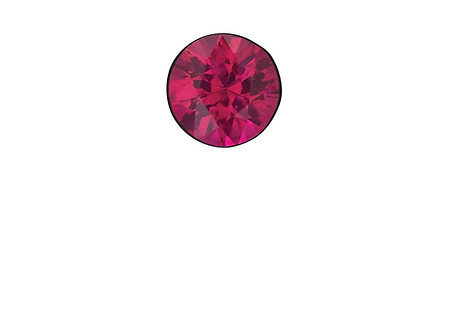
Ruby
Most people don't know that Ruby and Sapphire are both gems of the mineral Corundum and have the same chemical composition and the same mineral structure. Different parameters determine if a gem will be a brilliant red Ruby or a beautiful blue Sapphire. Beside red and blue, many colors are found in gem corundums such as yellow, orange, green, and purple gems. Red corundums are known as "Rubies", blue corundums are known as "Sapphires", and corundums of any other color are known as "fancy sapphires".
Turquoise
Turquoise is an opaque mineral that occurs in beautiful shades of blue, bluish green, green, and yellowish green. It has been treasured as a gemstone for thousands of years almost all over the world.
Turquoise forms best in an arid climate. Most of the world's turquoise is currently produced in the southwestern United States, China, Chile, Egypt, Iran, and Mexico.
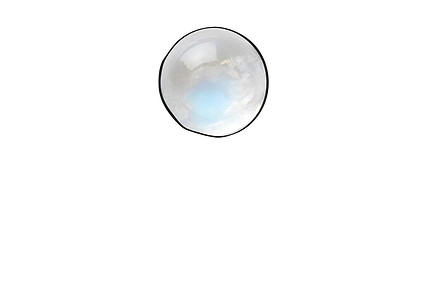
Moonstone
The name "Moonstone" was given because the floating light resembles the glow of the moon through a thin cloud cover.
The glow of moonstone is dynamic and appears to move within the stone when the source of illumination moves and when the angle of observation is changed.
Today, Sri Lanka is the world's most important source of fine-quality Moonstone.

Tourmaline
"Tourmaline" is the name of a large group of minerals.
These minerals share a common crystal structure and similar physical properties - but vary tremendously in chemical composition. The wide range of compositions and color zoning within crystals causes tourmaline to occur in more colors and color combinations than any other mineral group, when its most popular colors are pink and green.
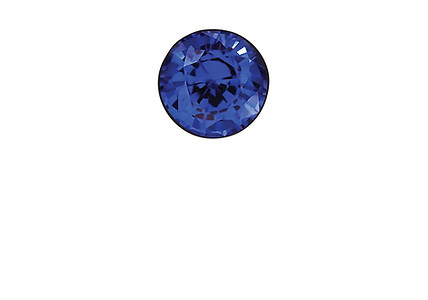
Most people don't know that Sapphire and Ruby are both gems of the mineral Corundum and have the same chemical composition and the same mineral structure.
Different parameters determine if a gem will be a brilliant red Ruby or a beautiful blue Sapphire. Beside red and blue, many colors are found in gem corundums such as yellow, orange, green, and purple gems. Red corundums are known as "Rubies", blue corundums are known as "Sapphires", and corundums of any other color are known as "fancy sapphires".
Sapphire
